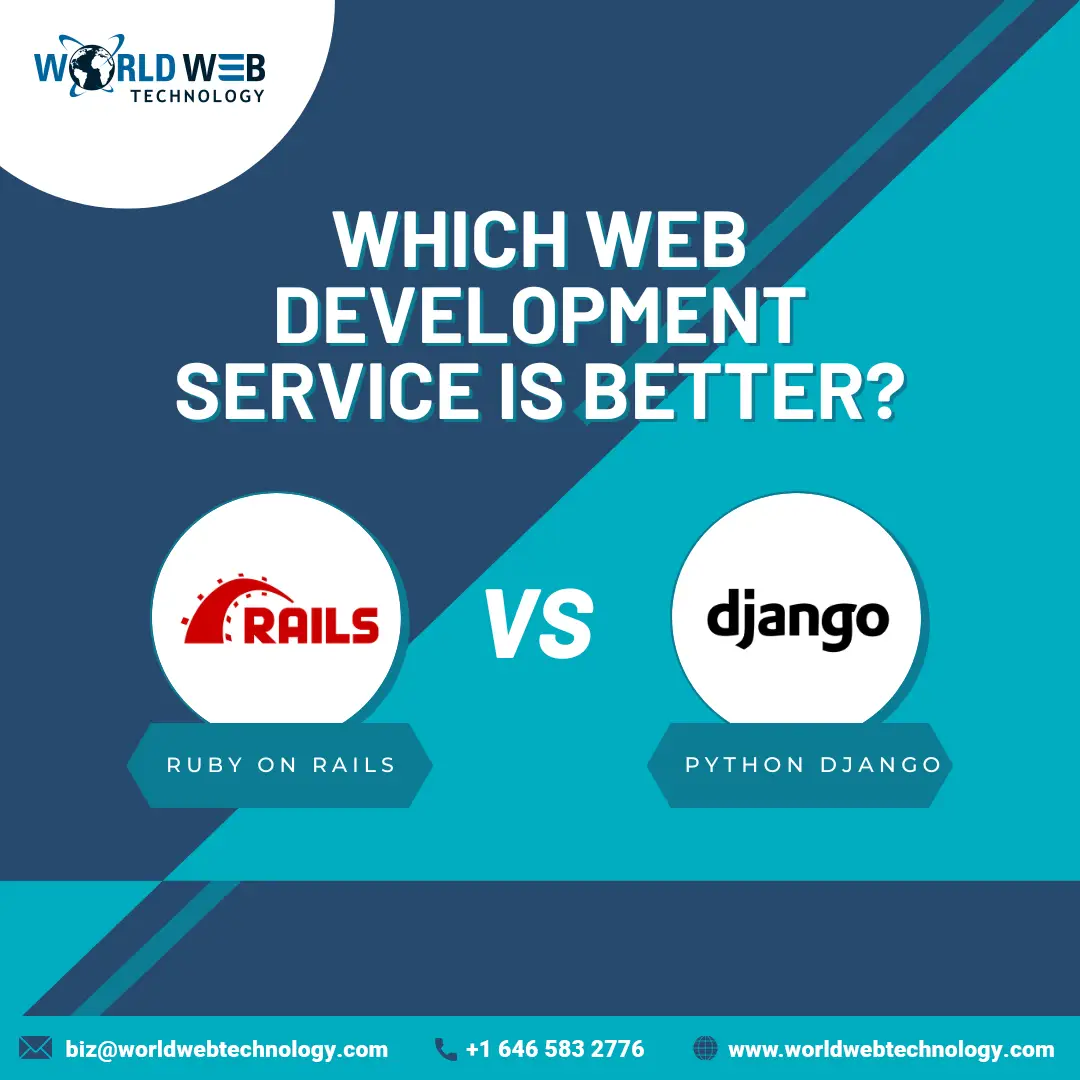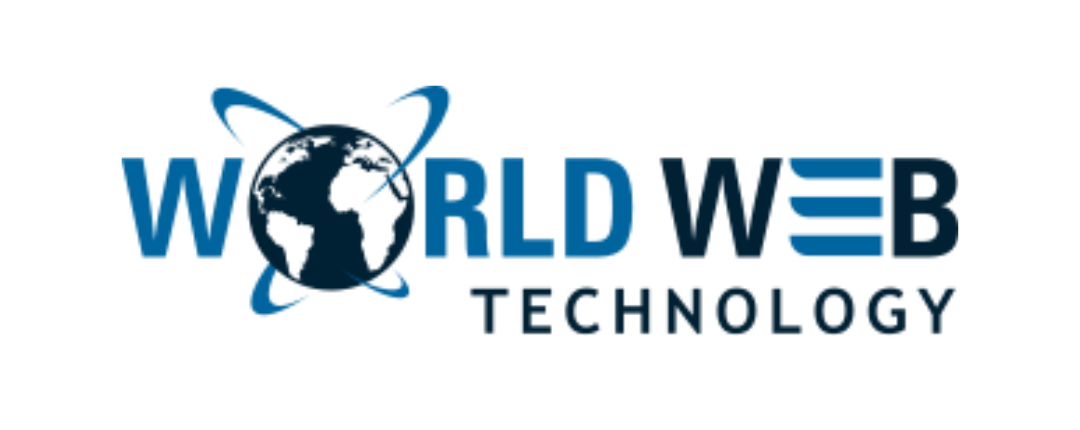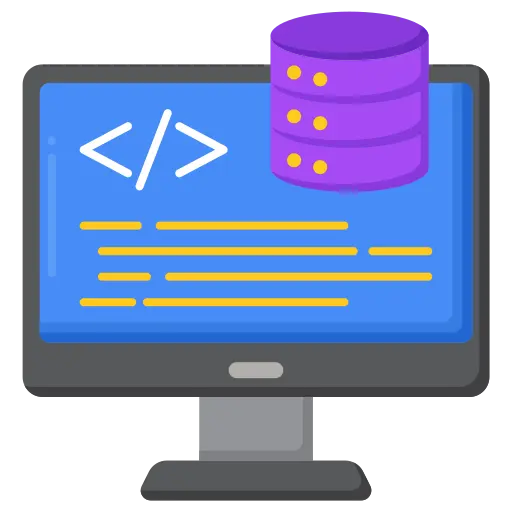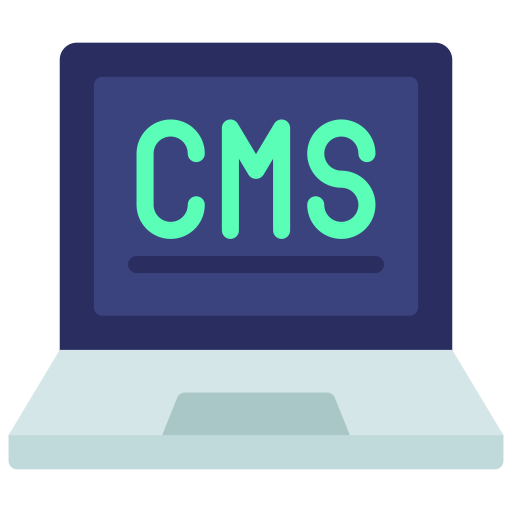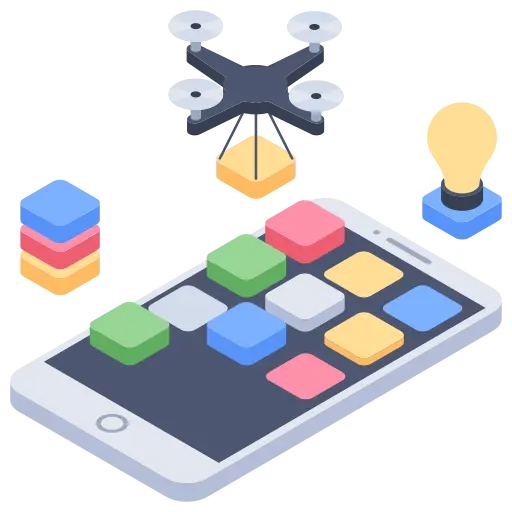There has been immense progress in the digital sphere. The fastest in fact! Web development has progressed, and there have been several innovations introduced, resulting in nothing less than of battle of technology. There is a good and downside, both that certainly makes users a bit puzzled, regarding making a precise pick for that matter.
There has been enough development in the digital world, talking about web development; programming languages or frameworks are abundant and floating with their precise set of offerings and benefits.
Today in this blog, we are going to compare the technical aspects of frameworks like Ruby on Rails and Python Django. Both frameworks are quite developed and popular amongst various users all across the globe. Today we would discuss the big and small technicalities that might make it all the easier for you to make a cut-through comparison and decide as per your needs and choice.
A framework is an incessant part of any web application, for its capacity to offer a framework. The program is chosen as on an individual’s thoughts, experiences and desires. Talking about the rapid expansion of the various things on the web, there are many people, who are increasingly getting fascinated by its growth.
However, when you start achieving and exploring the web! Most users prefer to pick on easy and sorted frameworks that do require minimal effort. Ruby on Rails and Django are both quite popular and easy-to-use frameworks that are both getting readily accepted.
Comparing both frameworks, we can say that both are technically laden with add-ons and values that offer further innovation. Let us see some of the basic aspects that surround the frameworks, making them adaptable and user-friendly!
Most Ruby on Rails Development Company has been using the framework working ever since it was rolled out, back in the year 2004. Since then there has been a large chunk of websites being crafted over it, owing to its diversity and variation offered. There are more than 75000 websites running over this framework, making it an ideal choice, without a doubt.
ROR is known to be following the MVC pattern of work. The model of application in Ruby on Rails is nothing but the database is maintained for the further model application. Most of the basic of the model are auto-generated, reducing the workload and stress of the various users, worldwide. The uniqueness of this framework stands out, making it an important choice, ideal for beginners, being amazing and flawless for all those who get to experience, using it!
On the other hand, Django is a framework written using Python. It came into being in the year 2005, being an open-source web framework that also follows the MCV pattern. The model of this framework is almost similar to the rails. However, the view is always in the template form.
Most Django users can create small apps that can be further customized. Various projects can be run using this framework, while there would be a certain variance and diversity in all of them for sure.
While the flexibility of Ruby on Rails allows it to become an elegant framework, it may, however, surprise you with the fact that the codes don’t work at certain points. Sometimes, it also takes an hour to track down bugs in Ruby.
On the other hand, Python takes a direct approach to programming. The primary goal is to make everything obvious to a programmer. It sacrifices some magic that Ruby has but it gives Python a huge advantage when it comes to the point of debugging. For instance, if you want time on this vary second from last month,
RUBY require 'active_support/all' new_time = 1.month.from_now
PYTHON from datetime import datetime, timedelta new_time = datetime.now + timedelta(months=1)
In the beginning, nothing seems difficult in both languages. Both have 2 lines for the task; however, in the ruby method, we import an “active_support” library and bamm, and not all integers have this “.days” and “.from_now” methods. It looks good, it reads well, but it’s definitely not clear where it comes from inside “active_support” and the idea to patch all integers with new functionality can abuse and also cause a problem.
While in the Python version, you are importing specific functionality from date, time, and ‘dateutills’ libraries, which can clearly tell what you did and where everything came from.
The Basic Comparison of Ruby on Rails vs. Python Django
This is one question that strikes every beginner’s mind. There could be many comparisons; puzzling facts and perplexing aspects that could make you take a call. However, there are simple facts that indeed clearly make them apart! Let us list down a few such facts to make things all then clearer. This shall be handy to you when you consider vouching on Ruby on Rails or Django!
Rail is a framework, written in Ruby, while Django is crafted using Python. This is one of the essential differences that strike the chord right and highlights the basic difference between the two. This difference also makes a deal of variation in the way both of these frameworks are implemented.
Python is certainly an open language. While on the other hand, using Django, most developers stick to overtly classified routes, URLs, as well as field values.
Rails have become an accepted and liked framework, majorly because most developers can computerize all of their tasks. The great part of Rails is that has so much on offer. It is used to create routes for all, at this moment making the MCV work better.
Django developers, on the other hand, need it to configure the whole web application. The code is one aspect that must be on their tips and handy, for further progress.
Most of the Ruby on Rails development services don’t require a regular expression; the routes are indeed predefined. This is indeed an aspect that is quite similar to Django. Owing to this aspect, most users prefer the Rails platform.
Ruby is laden with numerous features that are all unique and work well for progressive web development. It is largely quicker to hold in newer things, using ROR.
On the other hand, Python is all the More Direct. However you can call it one of the most stable frameworks, but it is certainly slower, while no doubt about the innovation it carries!
Ruby stands quicker regarding its innovation. But this could even lead to breakage at times, but on the whole, it remained very centered and held to the web.
Majorly when we compare Python Django vs. Ruby on Rails, you can say Django is created to be used in academia as well as Linux.
Conclusion
There is one question that might certainly arise, making most Python web Development Company india a bit puzzled. It is largely important too! When you sit while choosing between both of these frameworks, things are certain to get complicated for sure. But once you understand the dynamics of the frameworks and use them both separately, they have their dissimilarities and the variation is extremely powerful and important.
You can do most of the things you wish on both these frameworks. Provided you have the path clear in your mind and know your expectations to be precise! Picking on a framework that suits you and your needs an extremely individual and you are the best judge of it!
Most Popular Categories
Discover top categories on our blog, featuring WordPress, PHP, eCommerce, and Shopify insights and tutorials.
Featured Insights
Immerse yourself in our passion for sharing the latest industry news, cutting-edge technologies, and insightful articles. Explore the depths of knowledge with us.

April 22, 2025
The Future of AI in Digital Marketing Services in 2025!
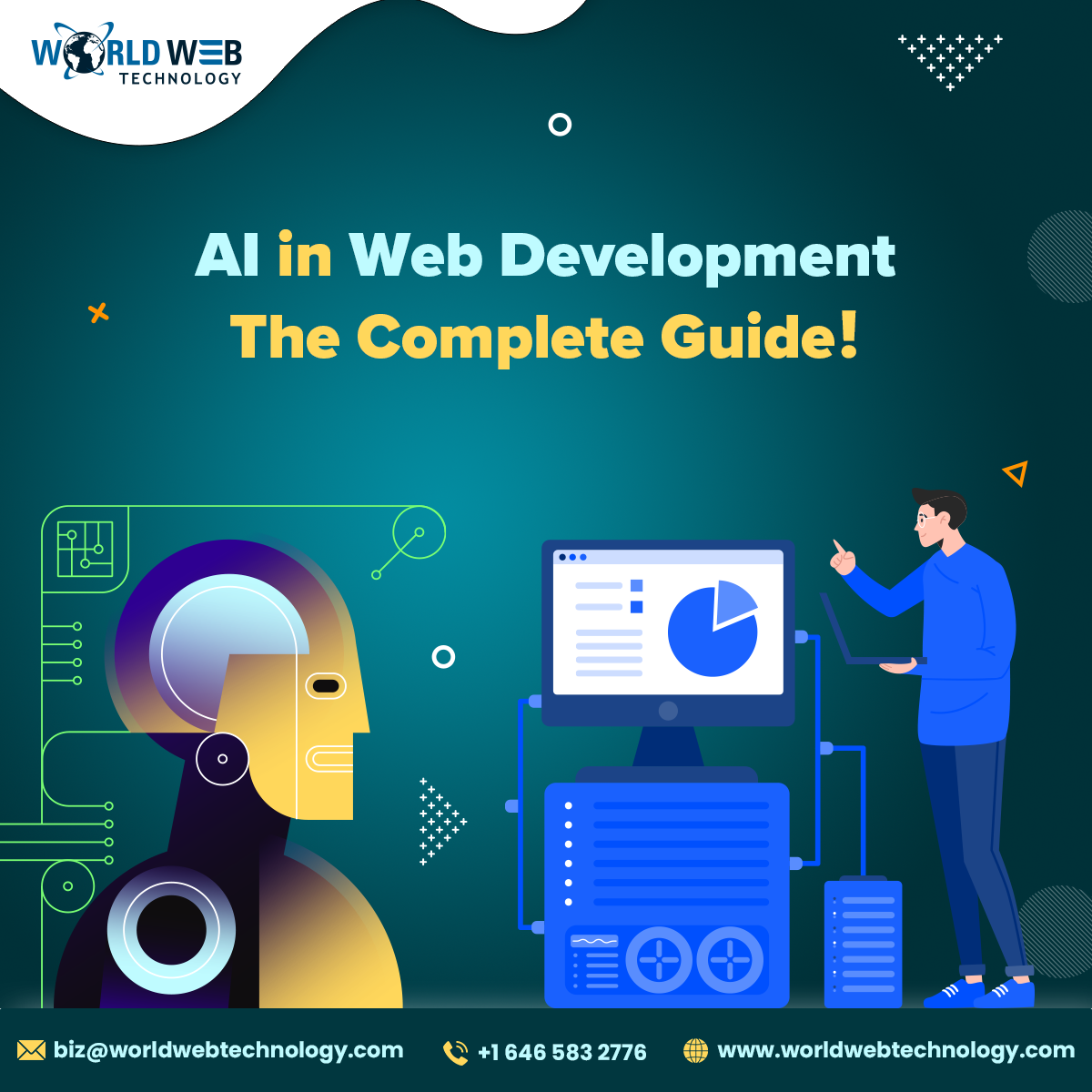
April 16, 2025



